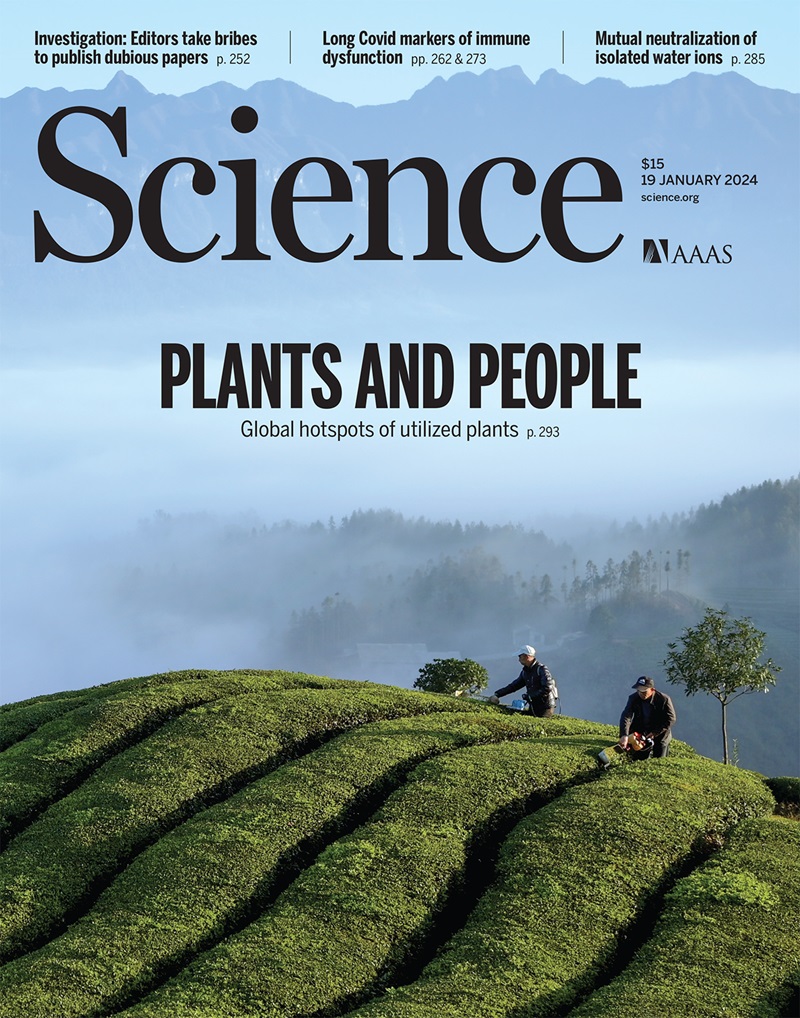Osteoarthritis treatment via the GLP-1–mediated gut-joint axis targets intestinal FXR signaling
IF 44.7
1区 综合性期刊
Q1 MULTIDISCIPLINARY SCIENCES
引用次数: 0
Abstract
Whether a gut-joint axis exists to regulate osteoarthritis is unknown. In two independent cohorts, we identified altered microbial bile acid metabolism with reduced glycoursodeoxycholic acid (GUDCA) in osteoarthritis. Suppressing farnesoid X receptor (FXR)—the receptor of GUDCA—alleviated osteoarthritis through intestine-secreted glucagon-like peptide 1 (GLP-1) in mice. GLP-1 receptor blockade attenuated these effects, whereas GLP-1 receptor activation mitigated osteoarthritis. Osteoarthritis patients exhibited a lower relative abundance of Clostridium bolteae, which promoted the formation of ursodeoxycholic acid (UDCA), a precursor of GUDCA. Treatment with C. bolteae and Food and Drug Administration–approved UDCA alleviated osteoarthritis through the gut FXR–joint GLP-1 axis in mice. UDCA use was associated with lower risk of osteoarthritis-related joint replacement in humans. These findings suggest that orchestrating the gut microbiota–GUDCA–intestinal FXR–GLP-1–joint pathway offers a potential strategy for osteoarthritis treatment.

通过glp -1介导的肠-关节轴治疗骨关节炎靶向肠道FXR信号
肠-关节轴是否存在以调节骨关节炎尚不清楚。在两个独立的队列中,我们发现骨关节炎患者的微生物胆汁酸代谢随着糖醛酸脱氧胆酸(GUDCA)的减少而改变。抑制法脂类X受体(FXR) - gudca受体通过肠分泌胰高血糖素样肽1 (GLP-1)减轻小鼠骨关节炎。GLP-1受体阻断可减弱这些作用,而GLP-1受体激活可减轻骨关节炎。骨关节炎患者表现出较低的bolteae梭菌相对丰度,这促进了熊去氧胆酸(UDCA)的形成,UDCA是GUDCA的前体。用C. bolteae和fda批准的UDCA治疗可通过小鼠肠道fxr -关节GLP-1轴缓解骨关节炎。UDCA的使用与人类骨关节炎相关关节置换术的风险降低有关。这些发现表明,协调肠道微生物- gudca -肠fxr - glp -1联合通路为骨关节炎治疗提供了一种潜在的策略。
本文章由计算机程序翻译,如有差异,请以英文原文为准。
求助全文
约1分钟内获得全文
求助全文
来源期刊

Science
综合性期刊-综合性期刊
CiteScore
61.10
自引率
0.90%
发文量
0
审稿时长
2.1 months
期刊介绍:
Science is a leading outlet for scientific news, commentary, and cutting-edge research. Through its print and online incarnations, Science reaches an estimated worldwide readership of more than one million. Science’s authorship is global too, and its articles consistently rank among the world's most cited research.
Science serves as a forum for discussion of important issues related to the advancement of science by publishing material on which a consensus has been reached as well as including the presentation of minority or conflicting points of view. Accordingly, all articles published in Science—including editorials, news and comment, and book reviews—are signed and reflect the individual views of the authors and not official points of view adopted by AAAS or the institutions with which the authors are affiliated.
Science seeks to publish those papers that are most influential in their fields or across fields and that will significantly advance scientific understanding. Selected papers should present novel and broadly important data, syntheses, or concepts. They should merit recognition by the wider scientific community and general public provided by publication in Science, beyond that provided by specialty journals. Science welcomes submissions from all fields of science and from any source. The editors are committed to the prompt evaluation and publication of submitted papers while upholding high standards that support reproducibility of published research. Science is published weekly; selected papers are published online ahead of print.
 求助内容:
求助内容: 应助结果提醒方式:
应助结果提醒方式:


